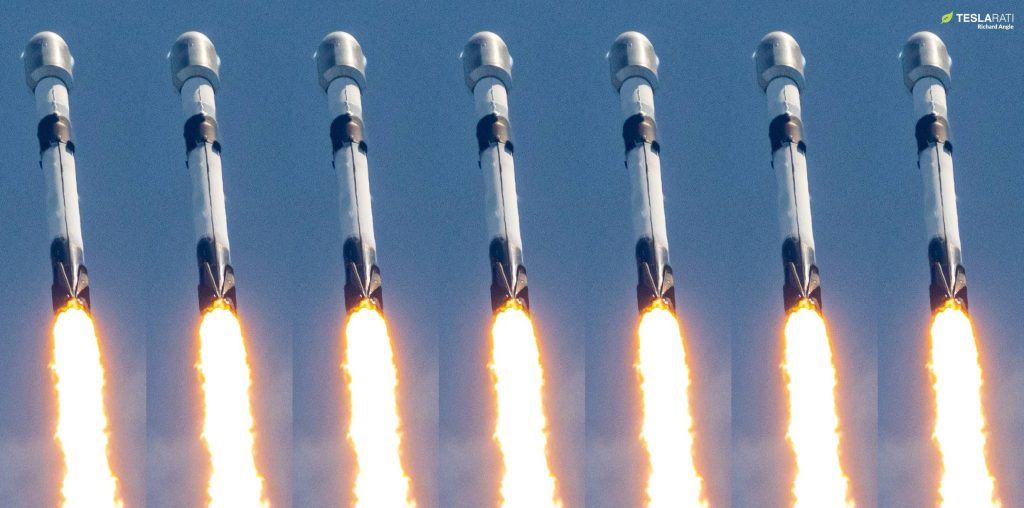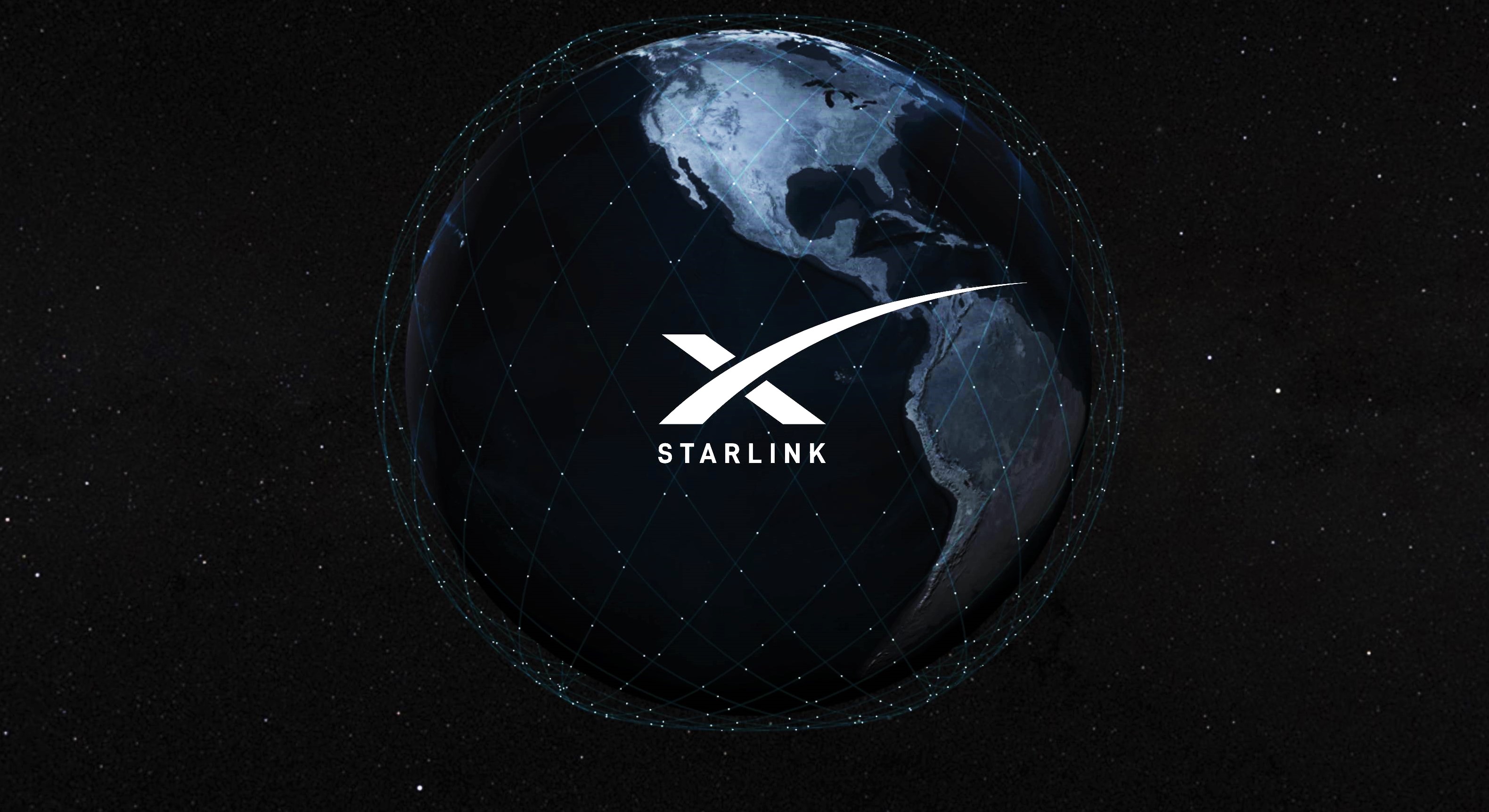President and COO Gwynne Shotwell says that SpaceX’s Starlink satellite internet program had a “cash flow positive quarter” in 2022 and “will make money” in 2023.
The update is major news for a program that SpaceX CEO Elon Musk has stated should be considered a success if it merely avoids bankruptcy. Several companies have attempted to build businesses around the concept of a low Earth orbit (LEO) internet satellite constellation. All have failed or gone bankrupt. Motorola pursued a concept called Celestris in the 1990s but eventually gave up and invested in Teledesic. Teledesic eventually went bankrupt and shut down in 2003 after spending the equivalent of $1.85 billion in 2022 dollars. In 2020, OneWeb – the closest to a true Starlink competitor – filed for bankruptcy despite having raised $3.4 billion and begun launching satellites. It was only saved by a $1 billion bailout led by the British government.
Despite pursuing the largest and most ambitious LEO constellations ever proposed, only SpaceX’s Starlink program has managed to avoid bankruptcy. SpaceX began developing Starlink in earnest in the mid-2010s and launched its first satellite prototypes in March 2018 and May 2019. Operational launches followed in November 2019, and SpaceX has since launched an unprecedented ~3540 working satellites on 70 Falcon 9 rockets. More importantly, just two years after opening orders, SpaceX has secured more than a million Starlink internet subscribers.
Adding to its impressive list of achievements, Gwynne Shotwell – a SpaceX executive known for being an excellent manager and voice of reason – says that Starlink has already had its first cash-flow-positive quarter.
According to Shotwell, that milestone happened sometime in 2022. Thanks to a productive 2021 and the accelerated launch of new Starlink satellites in 2022, continuously expanding network capacity, SpaceX’s subscriber count more than quadrupled between March and December. If Starlink truly did have a cash-flow-positive quarter last year, it likely happened in Q4. However, the nature of cash flow and the ambiguity in Shotwell’s statement are worth some amount of skepticism.
Crucially, cash flow should account for fundraising, which SpaceX does a lot of. In 2022, it closed a $1.7B venture round in May and a $250M private equity round in July, offering opportunities to negate otherwise negative cash flow in Q2 and Q3. If Shotwell means that Starlink had a positive cash flow quarter without accounting for fundraising, the achievement would be highly impressive and indicate that Starlink’s financial health is surprisingly good.
It’s also ambiguous if Shotwell meant that Starlink had a cash-flow-positive quarter in 2022 or if she was referring to the company as a whole. Earlier in her panel at the FAA’s annual Commercial Space Transportation Conference, Shotwell noted that SpaceX’s main product – Falcon rocket and Dragon spacecraft operations – “makes money.” She also said that “the cash flow from those operations basically pay for [Starlink and Starship] development.” External funds are then raised to supplement SpaceX’s profits from Falcon and Dragon.

The ambiguity leaves room for Shotwell’s statement to be interpreted a bit less positively. If SpaceX or Starlink’s cash-flow-positive quarter was contingent upon raising almost $2 billion in one calendar year, Starlink would arguably still be in a financially precarious position. A positive quarter in that context would be more indicative of decent accounting than good financial health.
However, Shotwell’s confident statement that “Starlink will make money” in 2023 was much less ambiguous and suggests that a positive interpretation of her “positive cash flow” comment could be more accurate. For Starlink to “make money” in 2023, the implication is that SpaceX expects annual revenue to exceed expenses – and possibly exceed expenses and external funding inputs.
Either outcome would be excellent. As long as Starlink’s revenue matches or exceeds expenses, the constellation could likely survive even if SpaceX’s access to external capital was partially or fully disrupted. It also bodes well for Starlink’s profit potential. If the Starlink Gen1 constellation is almost sustainable or profitable, the pending introduction of SpaceX’s next-gen Starship rocket and upgraded Gen2/V2.0 satellites could turn Starlink into a money printer.
In November 2021, CEO Elon Musk outright stated that SpaceX faced a “genuine risk of bankruptcy” if it couldn’t start launching Starship and Starlink V2.0 satellites “once every two weeks” by the end of 2022. Fifteen months later, Starship’s first launch is tracking towards March 2023, and there’s a nonzero chance the rocket won’t launch a single Starlink V2.0 satellite this year. Despite falling miles short of Musk’s target, Starlink is instead on the verge of becoming a sustainable business in the mind of SpaceX’s less hyperbolic leader.

